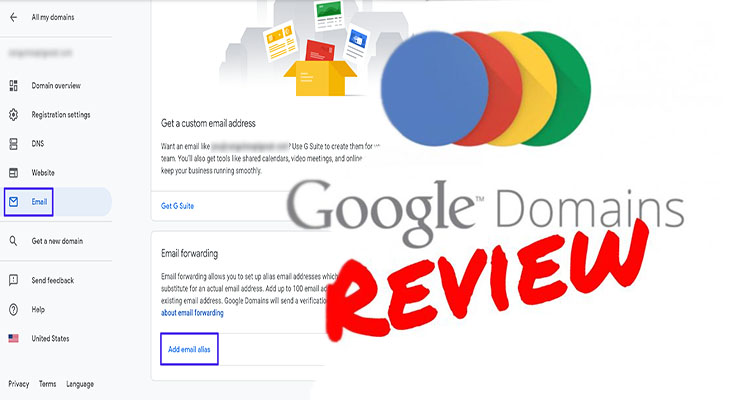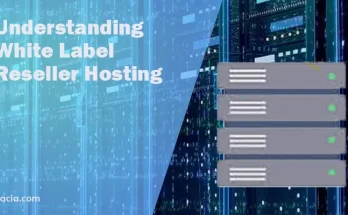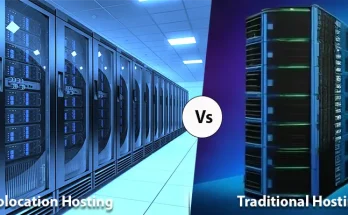If you want to host a large number of domains, Google Domains is not for you. Its UI is simple, but it lacks bulk domain hosting capabilities. However, you can still purchase a domain with a five-day refund policy. Moreover, you can manage your DNS records through Amazon Route 53. This way, you can keep your contact information private from the WHOIS database. The downside of Google Domains is that it is not a good choice for large-scale business owners.
Subdomains are free with Google Domains
If you’re looking for a free domain name, then you’re in luck. Google Domains offers a range of features to help you protect your domain. In the event that your chosen domain name is already taken, you can easily switch to Google Domains and get a free subdomain. To get started, just head over to the Google Domains website. After registering your domain, you’ll have to confirm your email address with ICANN.
The homepage of Google Domains includes a search field and other features. By entering a keyword, you can quickly find available extensions, TLDs, and subdomains. All TLDs and extensions are listed alphabetically, so you can easily find exactly what you’re looking for. Once you’ve chosen a domain name, you can add it to your cart and checkout is automated. You can easily manage and maintain your domain, with Google Domains.
You can buy a domain with a 5-day refund window
If you’re not happy with your Google domain purchase, you can ask for a refund within the first five days of purchase. Generally, you cannot get a refund after three consecutive 12-month periods. In addition, you cannot get a refund if you transfer your domain in or purchase a premium domain. However, you can cancel your registration and get a refund by contacting Google’s support team. To do this, you must go through their chat with us feature, and they’ll process the refund for you.
Some selling platforms have an escrow process that takes a certain percentage of your final price. You should make sure that your domain is protected with escrow before you transfer it. The process is similar to the one described above, except that your seller will submit an authorization code to start the transfer. Once the transfer is complete, the escrow process transfers the funds from your PayPal account.
You can manage your DNS records via Amazon Route 53
Once you’ve created an Amazon Route 53 account, you can use its DNS management features to maintain your domain’s DNS records. Using the Amazon Management Console, you can create hosted zones and edit DNS records directly from Route 53. You can also use the CreateHostedZone API to manage your DNS records. You’ll need to add nameservers to your domain’s registrar to use Route 53.
If you’re using Amazon Route53 for your website, you can manage all of your DNS records with a single API call. The API call returns a DNS identifier and INSYNC status, which indicates that the change has been propagated across all Route 53 DNS servers. You can also edit the IP addresses of your website and use geolocation to localize your content. If you don’t want to use geolocation, you can create a default record and have Route 53 send the requested content to the most appropriate region.
You can keep your contact information private on the WHOIS database
If you own a domain, you can choose to make your contact details private from the public by adding privacy protection to it. Generally, your personal information is made public in the WHOIS database. But you can choose to hide some of it or keep it all private. To see which information will be kept private, check the domain extension and ending references. Once you’ve chosen to make your contact details private, you can proceed with the registration process.
The problem affected the WHOIS database of Google domains. The registrars had accidentally unmasked domain owners’ registration information. Affected domains were those registered via the Google App or the eNom registrar. The affected domains included 282,867 domains – not new ones. Many businesses do not opt in to privacy services and their contact details were made public. This includes email addresses, phone numbers, and full names.





